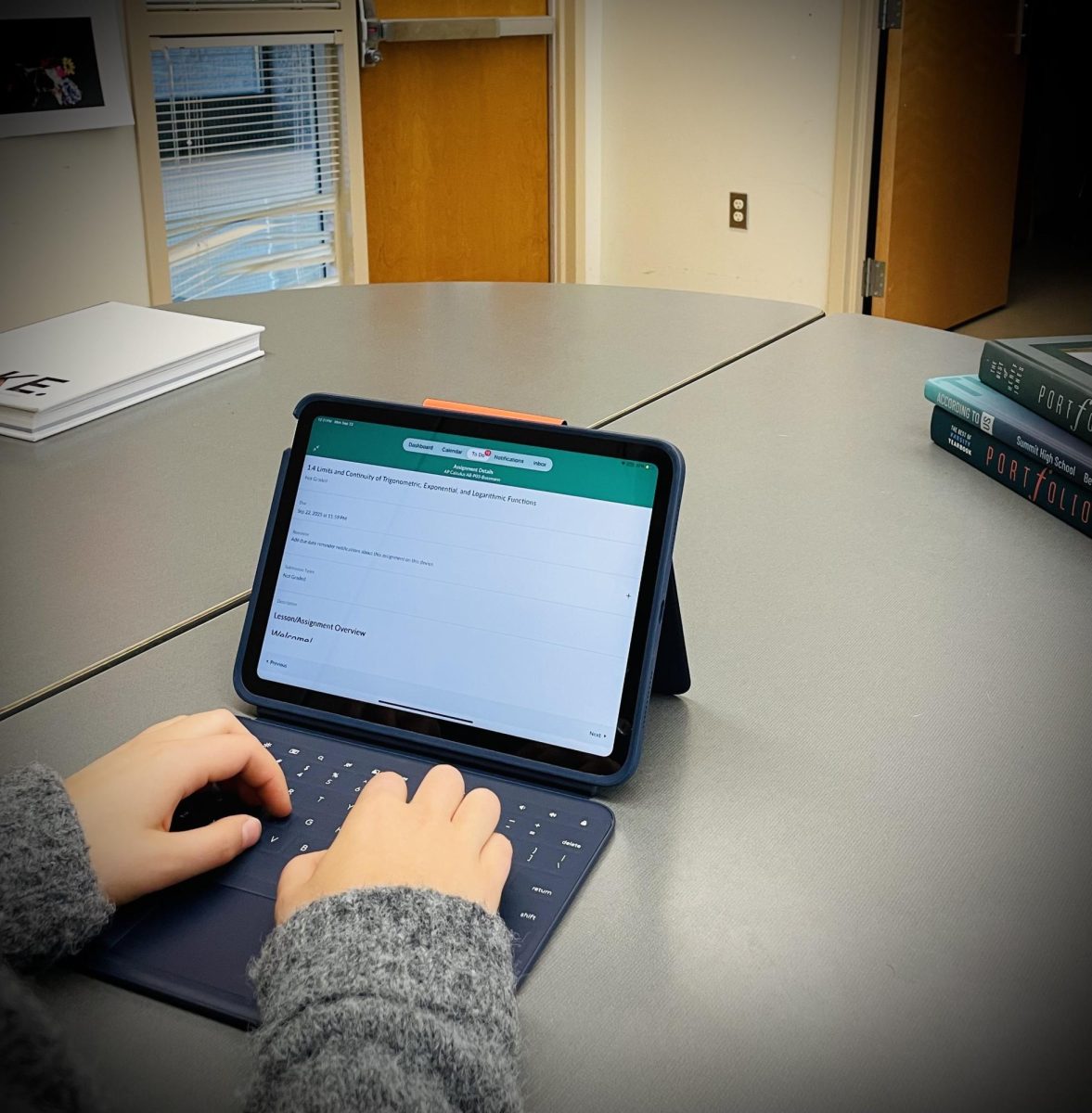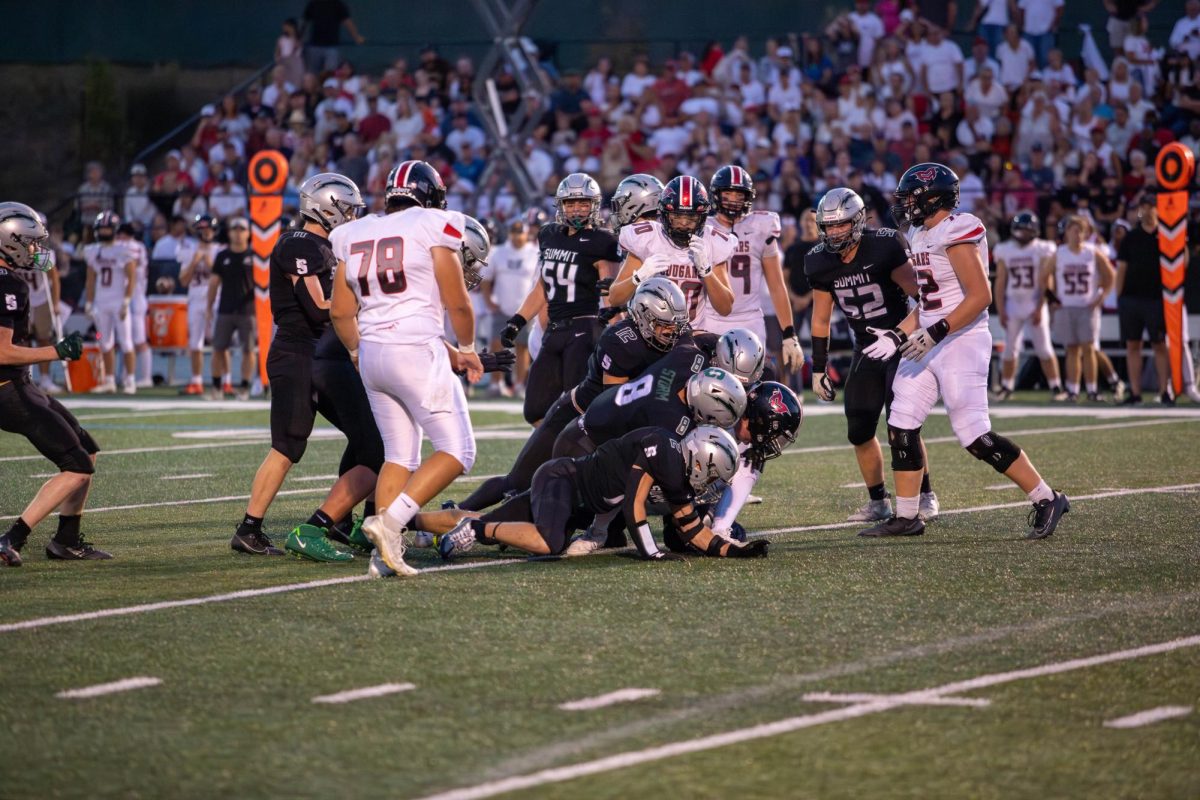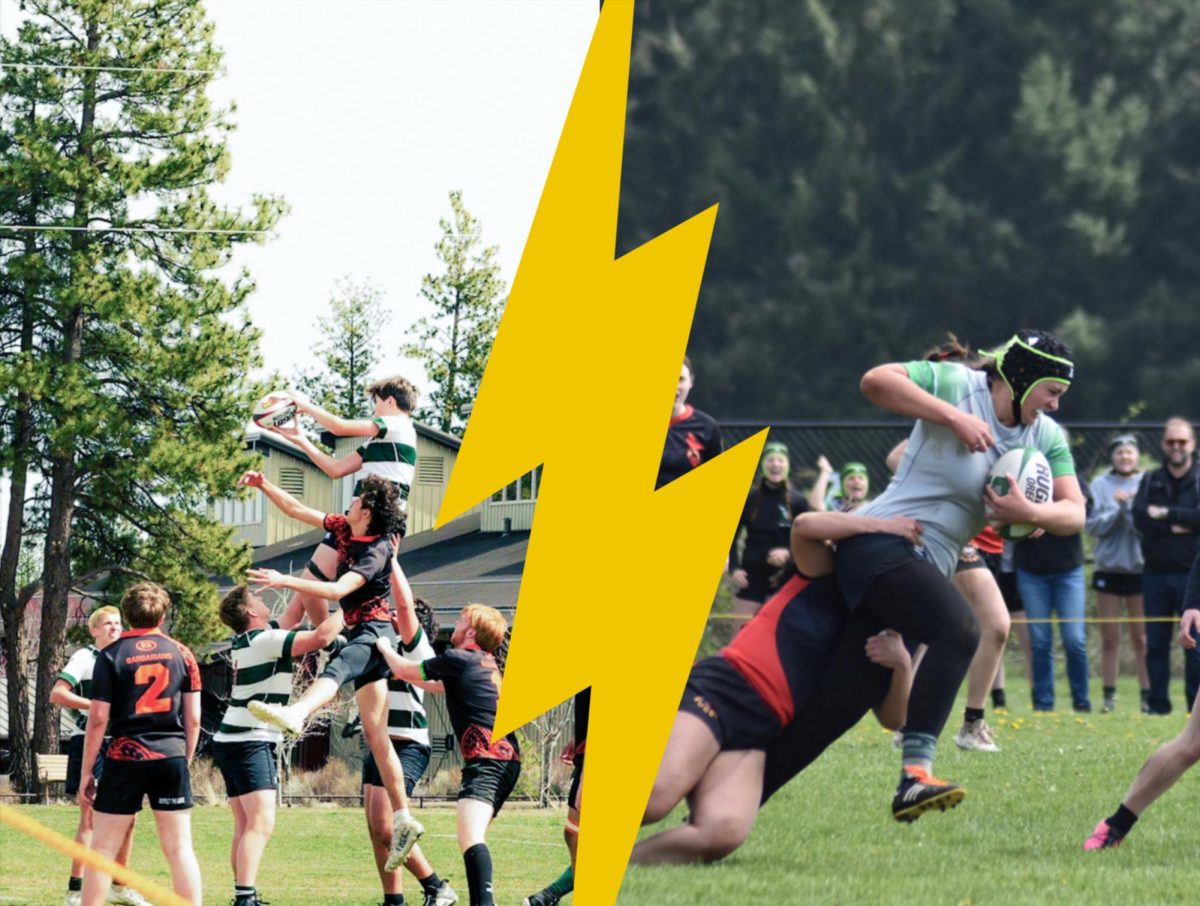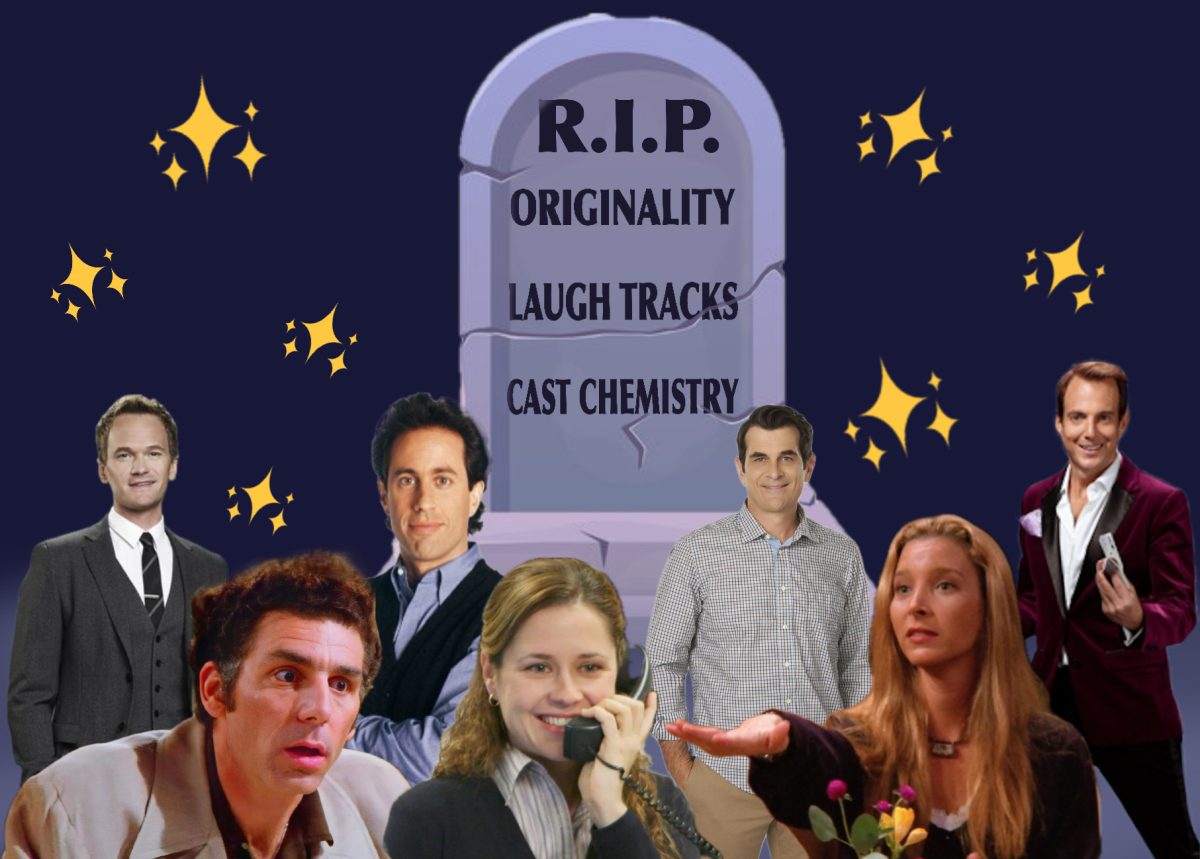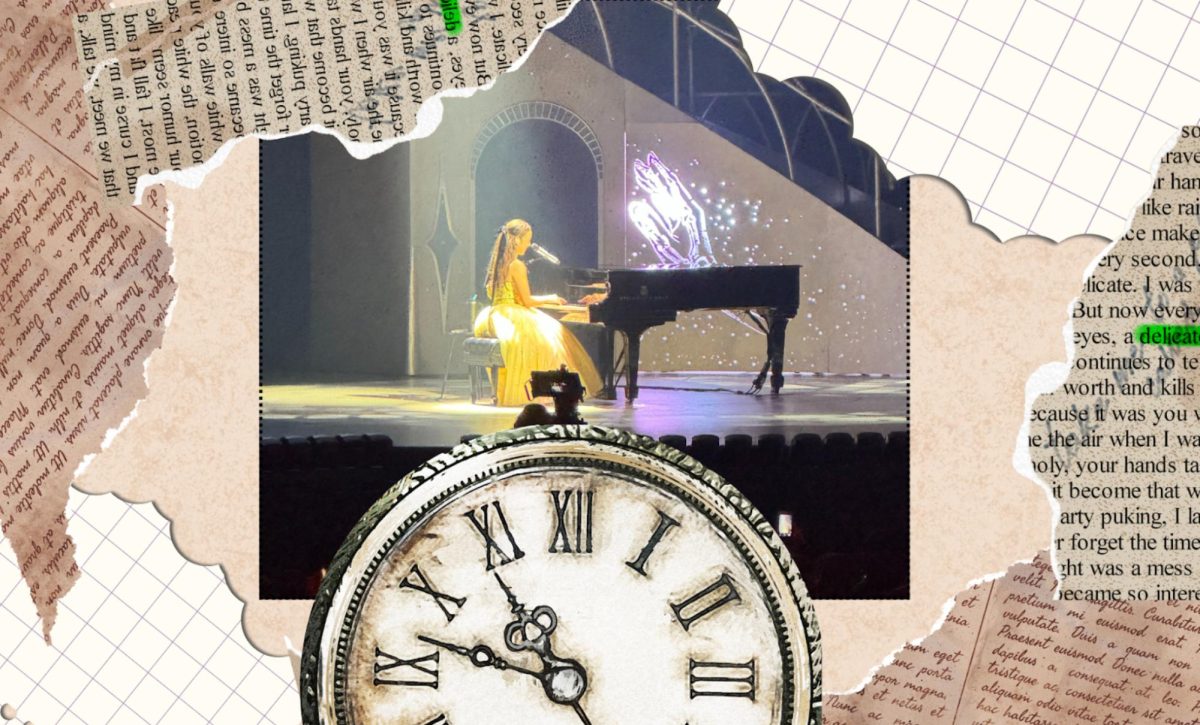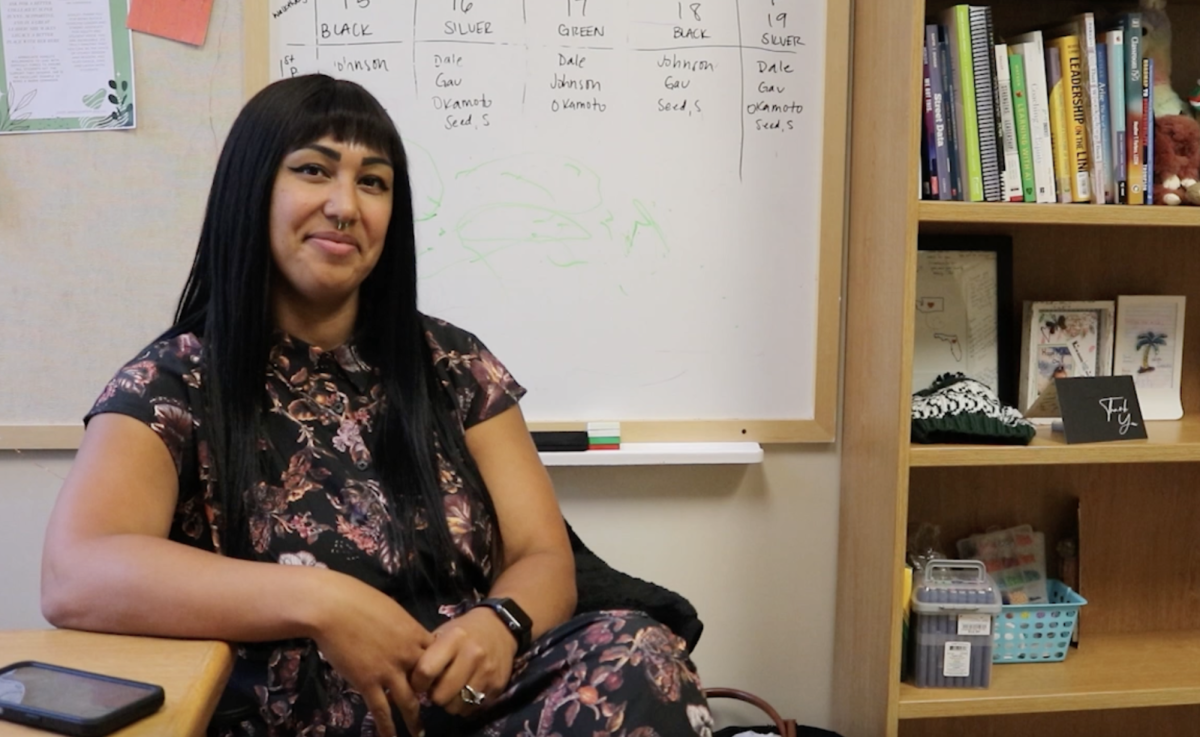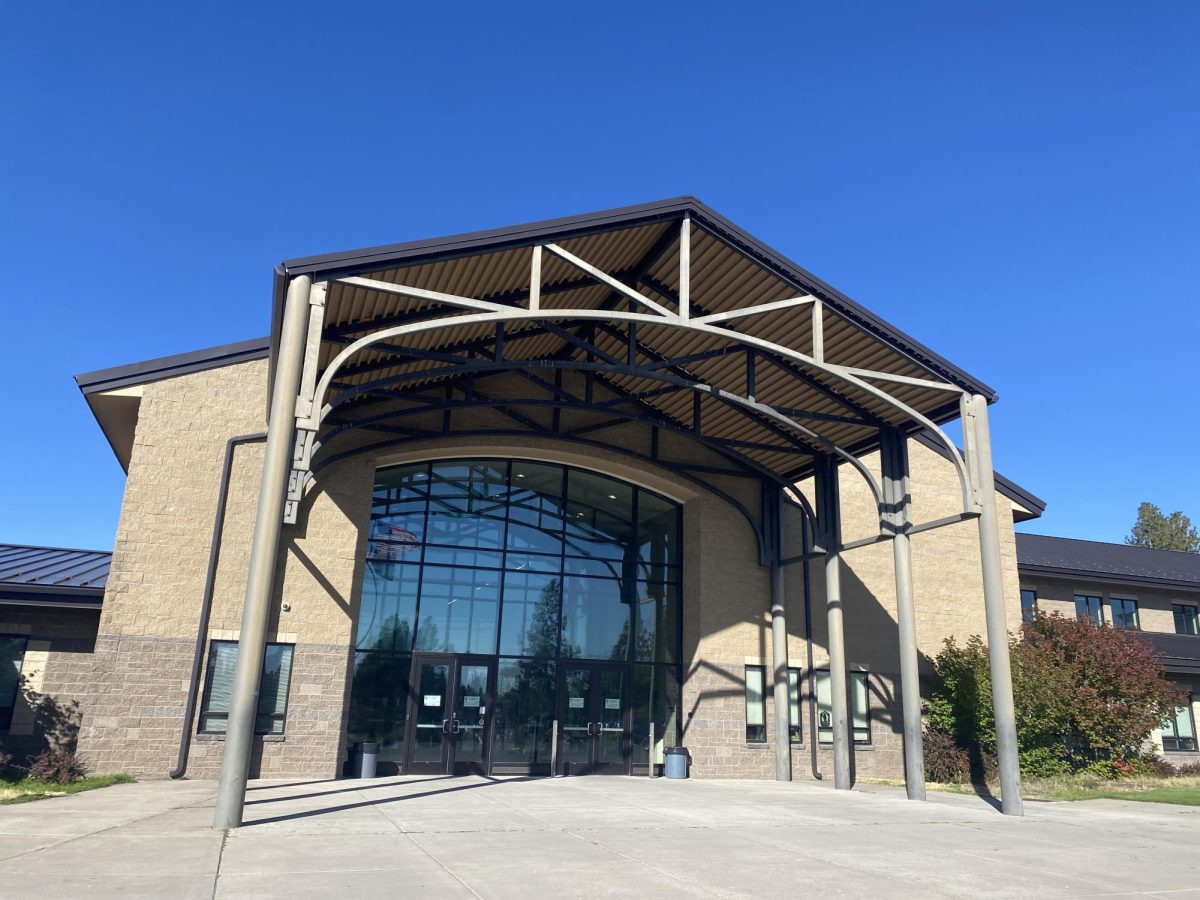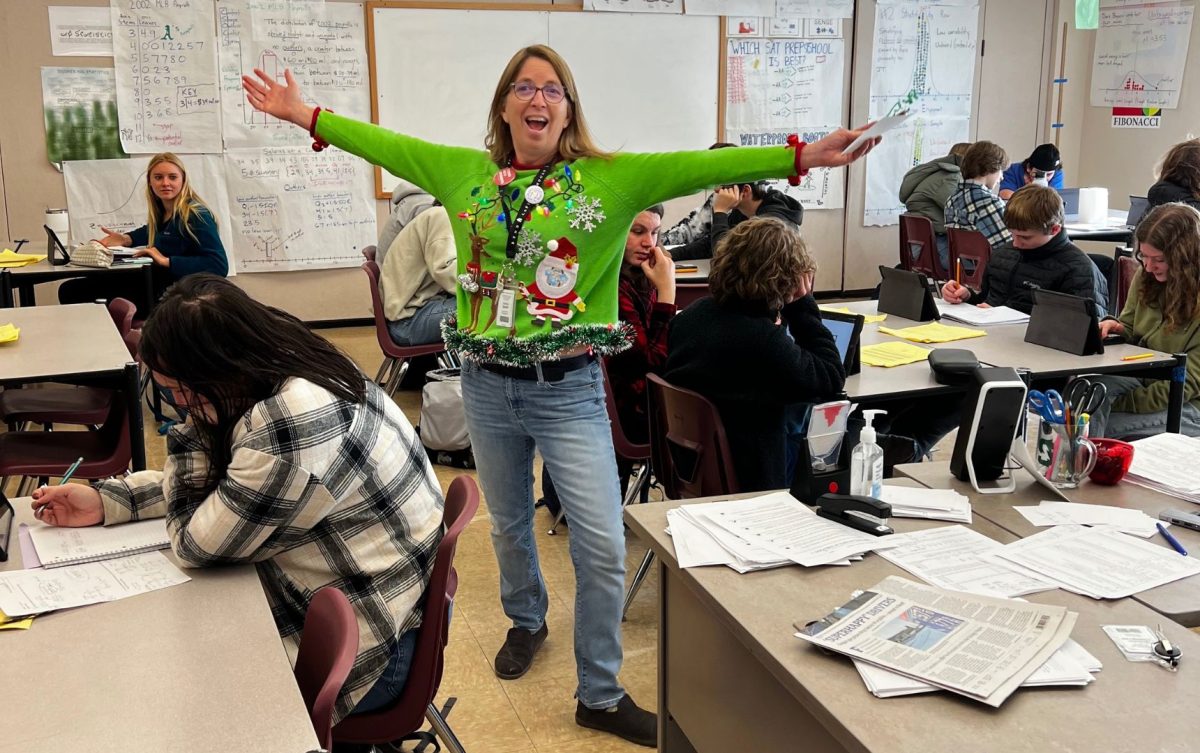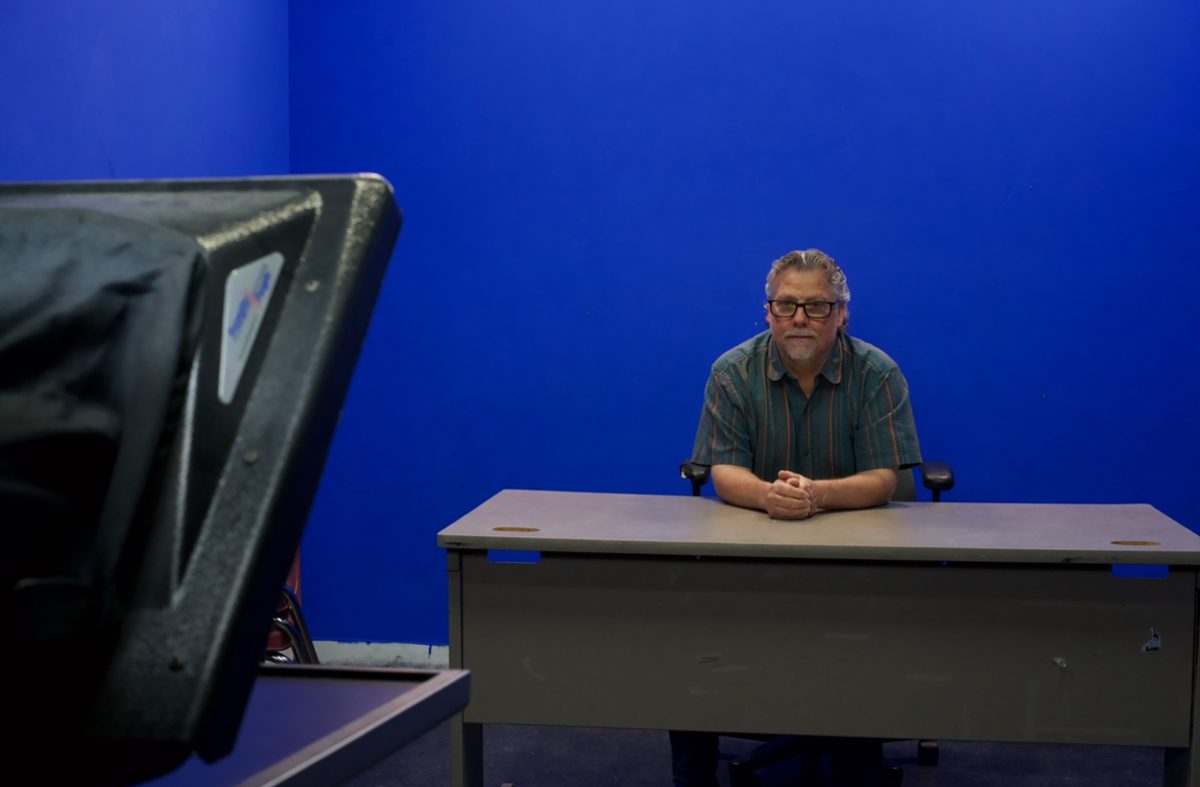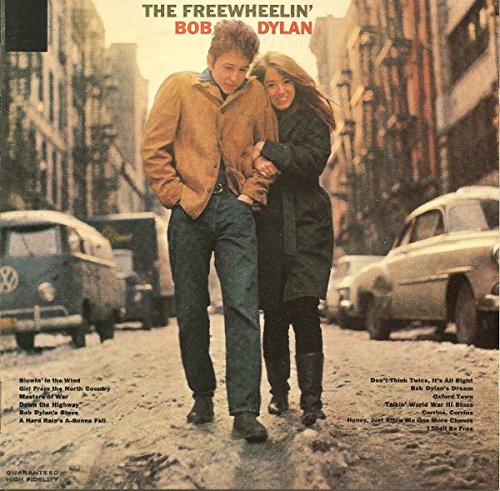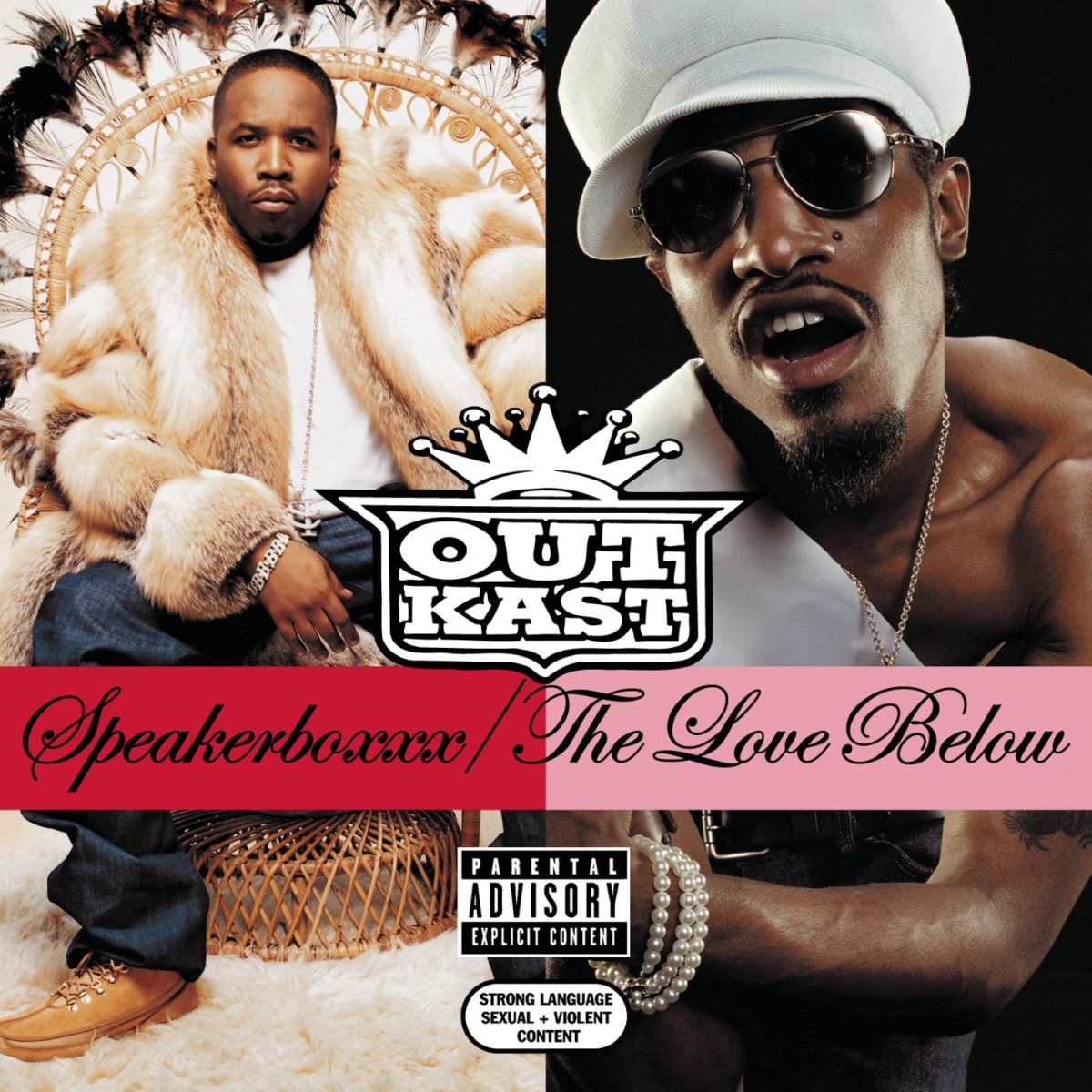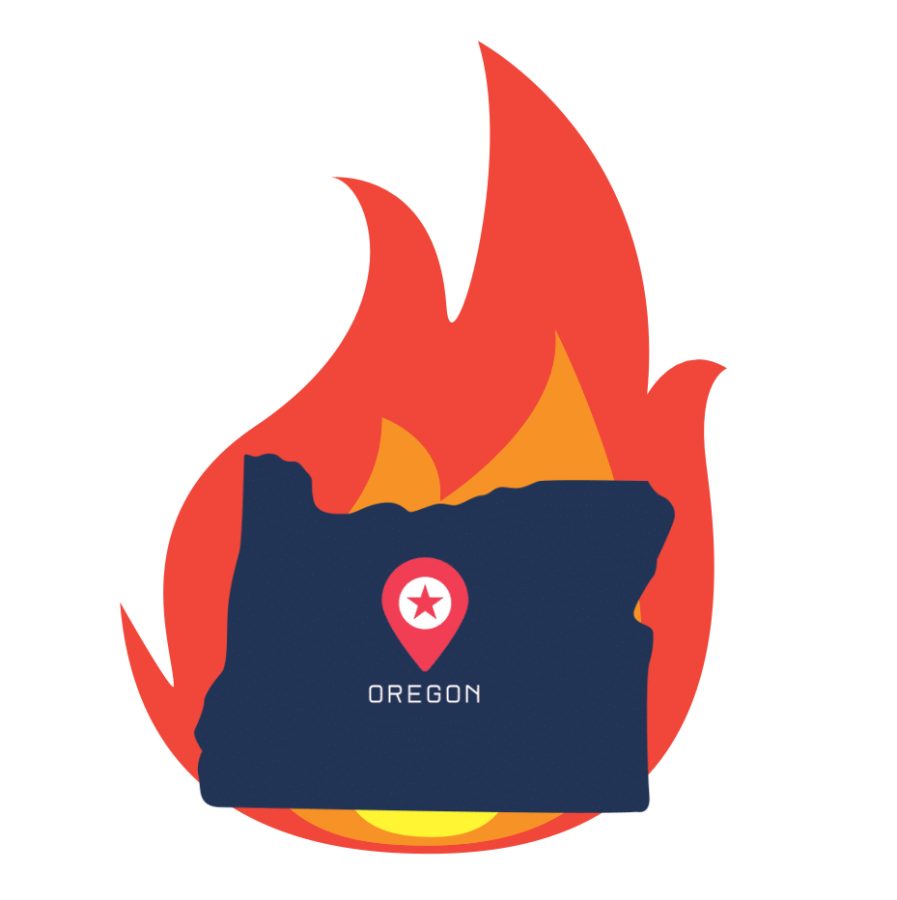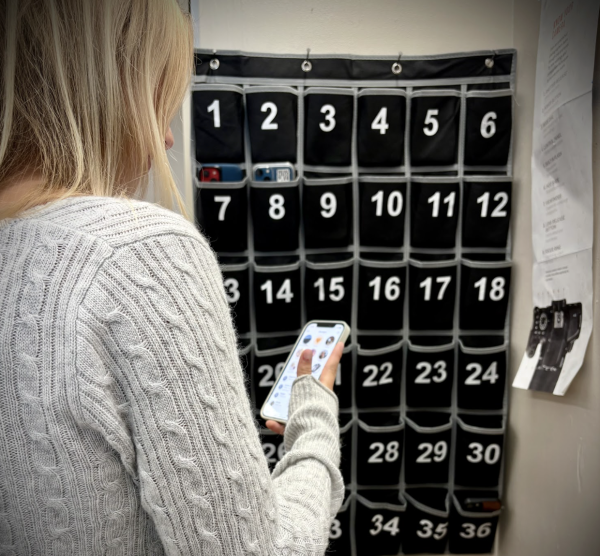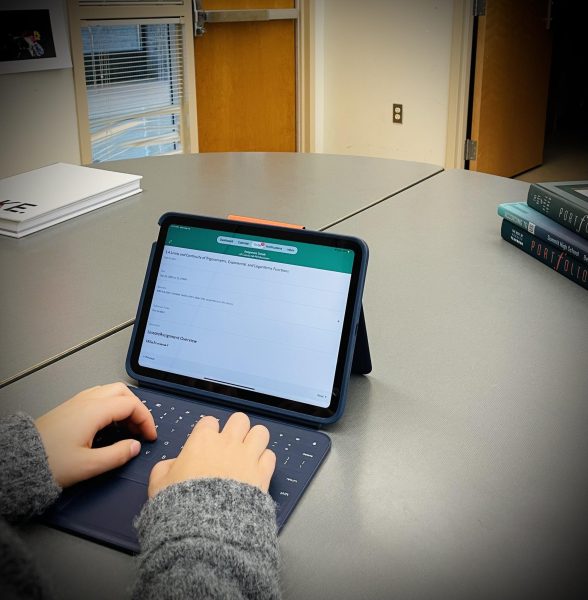The Burning Question
What will summer fires look like?
Have you been smelling the smoke?
As we near the end of the school year, smoke levels are already rising in town, recreating previous years with dry weather and controlled burns. Every summer, Bend faces an extensive amount of smoke, causing air qualities that are dangerous to the whole community. This year we faced a long winter and had thunderstorms and snow all spring. Still, the summer ahead will look just like any other we have had in past years with unhealthy levels of smoke almost all summer long.
Controlled burns have been happening almost daily for the past few weeks, in an effort to get ahead of fire season and lessen land damage. The smoke only slightly impacted Bend, but was blown out by the wind and storms. Yet, the fire risk is up 86 percent this year and has no chance of going down. Temperatures are rising each year and, as a result, the fire risk is at its highest possible point.
“If the [weather] continues to be cool and wet, it could push back the start of wildfire season. On the other hand, if the rain stops and the temperature climbs rapidly, wildfire risk conditions can quickly return,” said Erica Fleishman, the director of the Oregon Climate Change Research Institute and a professor at Oregon State University. The slightest pushback with rain will still leave us in the same precarious position when it comes to summer fires.
In August 2021, 518,303 acres burned across the state of Oregon, and unhealthy air quality settled over the state for over two weeks. Last summer saw a 43 percent increase in fire strikes from the 2000-2020 average, which has been increasing little by little each year.
“The long winter and wet spring did not end our drought, and that’s the biggest predictor of the upcoming fire season,” said Fire Chief Tod Riley. “It might start later than normal, but as soon as we get some hot temps and wind, we can have fires. The smoke risk is always present in Bend during the summer. Even fires that are a long way away can send the smoke here.”
The fires only form from hot and dry weather and our world is in a constant pattern of warming up.
“Climate change is affecting our entire planet. Models show temperatures are rising, and the forest will dry out faster with warmer temps,” Riley continued. “Fire seasons are longer now than they’ve ever been. Some parts of the country are seeing fires year-round.”
Unfortunately, the prediction for the next few years is that we can turn into a town with fires through fall and spring. If fires like those of the past continue, we are on our way to living in a never-ending cycle of burnt forests all year round.

Hannah is a hard working student who likes to put effort into everything important to her. She grew up with lots of friends and family to support her. Track and cross country have always been her favorite...




